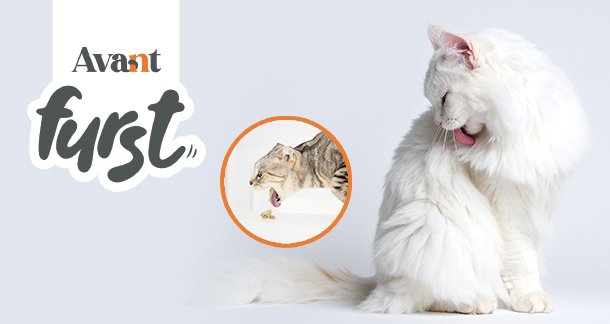If you are a cat parent, you have probably heard it—that unmistakable hurk hurk sound echoing through the house, followed by a squishy surprise on your floor. Welcome to the world of hairballs, a natural but often misunderstood part of feline life.
What Are Hairballs?
Hairballs, or “fur vomits” as many lovingly call them, form when cats groom themselves and swallow loose fur. Most of this fur passes through the digestive system and exits normally, but sometimes it gets stuck in the stomach, forming a clump. When that happens, the body tries to expel it the only way it can—through the mouth.
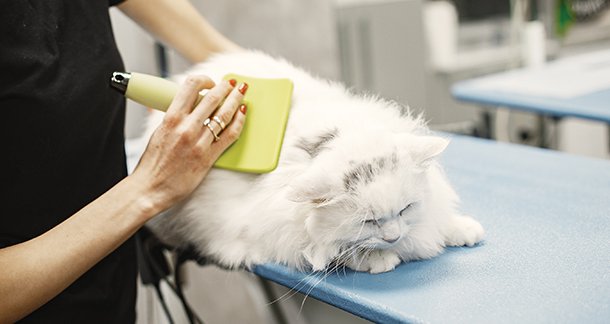
Is It Normal?
Hairballs once in a while are totally normal for cats. Most cats cough one up every few weeks. But if your cat is throwing up hairballs often, like more than twice a month or seems tired, eats less, or has trouble pooping, it might be a sign of a deeper problem. In some rare cases, a big hairball can block the stomach or intestines, which can be serious and needs a vet’s help.
Why Hairballs Are a Bigger Problem in India
In India, we experience high humidity and significant seasonal changes, which means cats tend to shed heavily, especially in summer and monsoon months. This shedding increases the chances of hairball formation.
Long-haired breeds like Persians, Maine Coons, and Ragdolls, popular among Indian pet parents are especially prone to hairballs. Combine this with our generally warm climate and increasing indoor lifestyles, and hairballs become a more frequent issue than many expect.
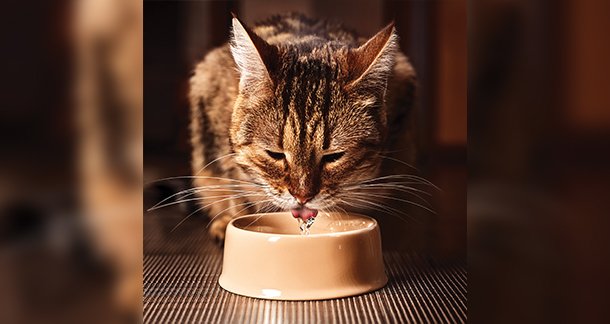
How to Prevent Hairballs
- Regular Grooming
Brushing your cat is the single most effective way to reduce hairballs. Long-haired cats may need daily grooming, while short-haired ones will benefit from being brushed two or three times a week. It reduces loose fur and cuts down on the amount swallowed.
- Keep Your Cat Hydrated
Water helps everything move smoothly through the digestive system. Make sure your cat has access to clean water at all times. Wet food or water fountains can encourage them to drink more.
- Add Fiber to the Diet
A little fiber helps push ingested fur through the system instead of letting it collect in the stomach. Plain pumpkin puree (not sweetened) can work wonders when added to food once or twice a week. Some cat foods are also formulated specifically to control hairballs.
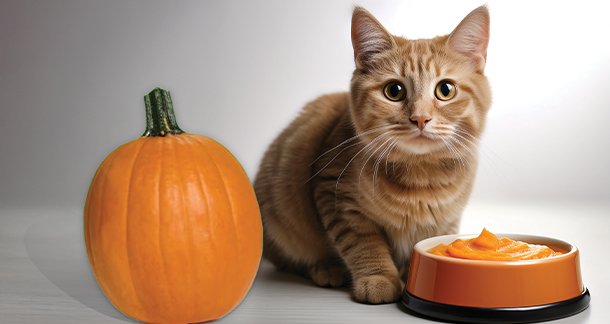
- Try Hairball Remedies
There are special gels available at pet stores and vet clinics in India that act as lubricants, helping fur slide easily through the gut. They’re easy to use and safe when given in small, recommended amounts.
- Reduce Stress
Cats that overgroom often do so due to stress or boredom. Make sure your feline friend has toys, cozy hiding spots, and a calm environment. Playtime is a great way to stimulate them and reduce anxious grooming.
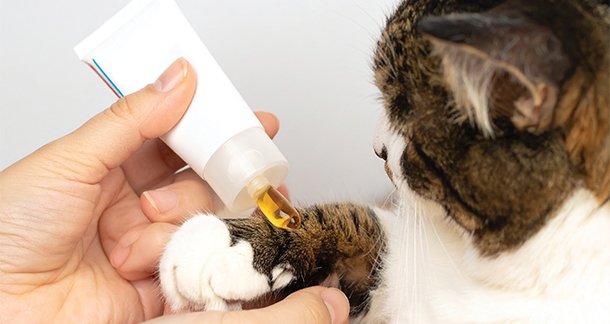
When to Call the Vet
Hairballs may be common, but they shouldn’t be constant. Call your vet if:
- Your cat is vomiting frequently but not producing a hairball.
- There’s loss of appetite, bloating, or signs of discomfort.
- The hairballs become more frequent or larger.
These could be signs of gastrointestinal issues or even a blockage, which needs immediate attention.
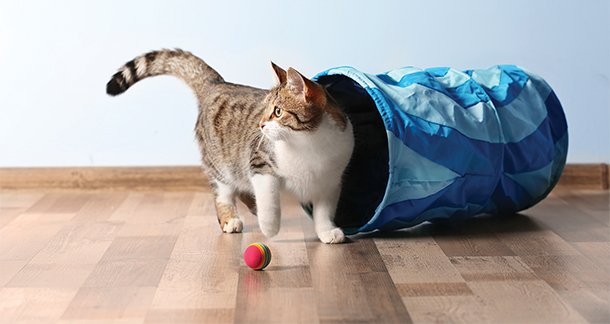
Final Whiskers
Hairballs may be a messy reality, but with the right care, they can be managed. In India’s unique climate and with our increasingly pampered house cats, a little proactive care goes a long way. So brush regularly, keep those water bowls full, and pay attention to your cat’s behavior. They’ll thank you with fewer messes on the carpet.
And when it comes to food, choosing the right nutrition makes all the difference. Avant Furst cat food is thoughtfully formulated with quality proteins, added fiber, and essential nutrients to support smooth digestion while keeping your cat active, healthy, and purring with delight. Because fewer hairballs mean more cuddles, and less cleanup.

